
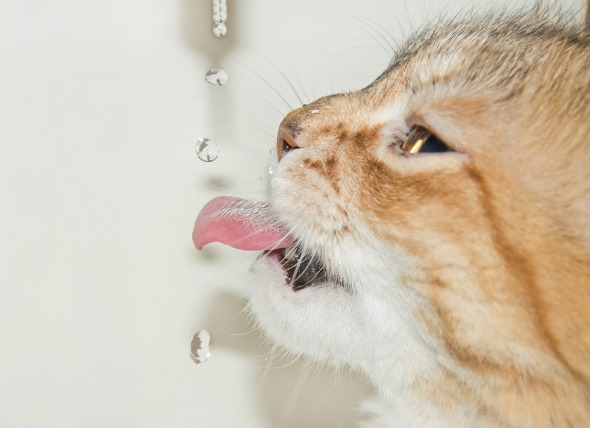
The term “ketoacidosis” refers to a condition in which levels of acid abnormally increased in the blood due to presence of “ketone bodies.” Meanwhile, diabetes is a medical condition in which the body cannot absorb sufficient glucose, thus causing a rise the blood sugar levels. In diabetes with ketoacidosis, ketoacidosis immediately follows diabetes. It should be considered a dire emergency, one in which immediate treatment is required to save the life of the animal. Typically, the type of condition affects older cats; in addition, female cats are more prone diabetes with ketoacidosis than males.
Although the ketoacidosis is ultimately brought on by the cat's insulin dependency due to diabetes mellitus, underlying factors include stress, surgery, and infections of the skin, respiratory, and urinary tract systems. Concurrent diseases such as heart failure, kidney failure, asthma, cancer may also lead to this type of condition.
You will need to give a thorough history of your cat’s health, including the onset and nature of the symptoms, to your veterinarian. He or she will then perform a complete physical examination, as well as a biochemistry profile and complete blood count (CBC). The most consistent finding in patients with diabetes is higher than normal levels of glucose in the blood. If infection is present, white blood cell count will also high. Other findings may include: high liver enzymes, high blood cholesterol levels, accumulation in the blood of nitrogenous waste products (urea) that are usually excreted in the urine (azotemia), low sodium levels in the blood (hyponatremia), low levels of potassium in the blood (hypokalemia), and low levels of phosphorous in the blood (hypophosphatemia).
Further testing may be required to definitely diagnosis concurrent disease/conditions. For example, urinalysis may reveal abnormally high levels of glucose in urine (glucosuria) and ketone bodies (ketonuria).
If your cat is alert and well hydrated, hospitalization may not be required. Otherwise, it is vital that the cat's bodily fluids and electrolytes are restored immediately, especially if it is lethargic or vomiting. Your veterinarian will also begin insulin therapy to reverse the high levels of sugar and ketone bodies in the blood, as well as reduce the elevated acid levels. Glucose levels will be checked every one to three hours to monitor response of the treatment. Low level of potassium in the blood (hypokalemia) is another life-threatening complication associated with this type of diabetes, which is rectified with potassium supplementation.
Unfortunately, the long-term prognosis for cats with diabetic ketoacidosis is very poor. You will need to be extra vigilant of your cat during the treatment and recovery period. Look for untoward symptoms -- weight loss, vomiting, skin yellowing -- and call your veterinarian immediately if they should occur.
Follow the veterinarian's guidelines for dosage and timing of the insulin shots, and do not stop administering the medication without prior consent of your veterinarian. He or she will brief you about correct administration of insulin and other medicines.
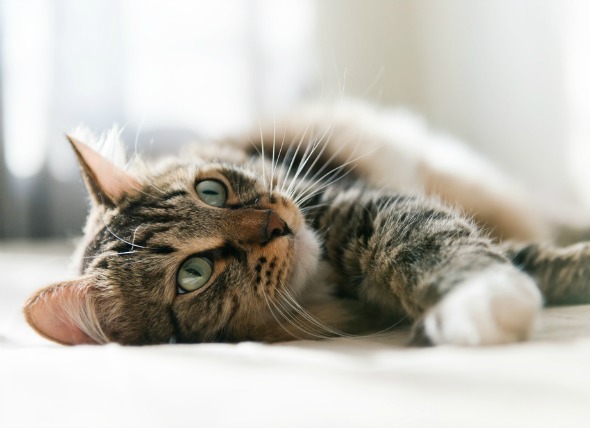 Intestinal Obstruction in Cats
Gastrointestinal Obstruction in Cats
Gastrointest
Intestinal Obstruction in Cats
Gastrointestinal Obstruction in Cats
Gastrointest
 Guard Your Plates
While many pet owners only s
Guard Your Plates
While many pet owners only s
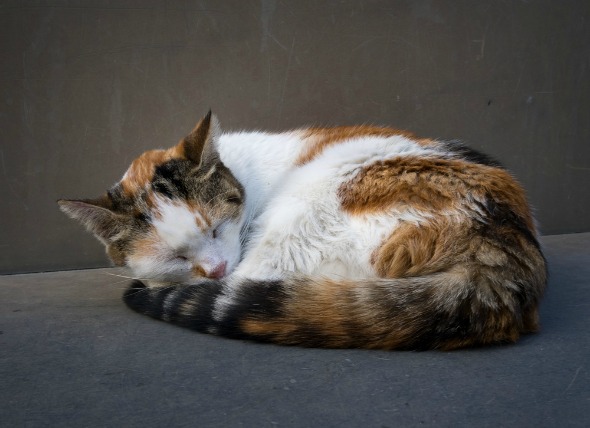 Abdominal Cavity Inflammation in Cats
Peritonitis in Cats
The abdominal cavity is lined
Abdominal Cavity Inflammation in Cats
Peritonitis in Cats
The abdominal cavity is lined
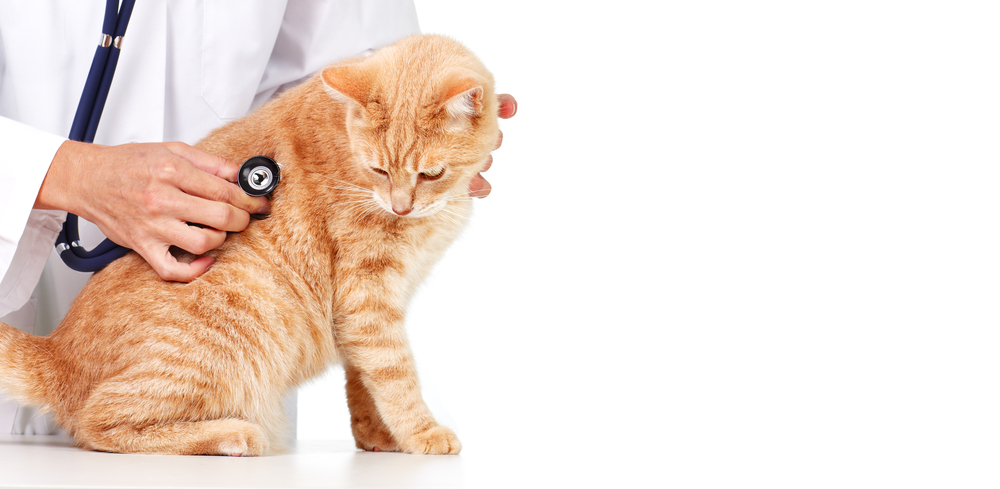 Paralysis-inducing Spinal Cord Disease in Cats
Myelopathy–Paresis/Paralysis in Cats
Myelop
Paralysis-inducing Spinal Cord Disease in Cats
Myelopathy–Paresis/Paralysis in Cats
Myelop
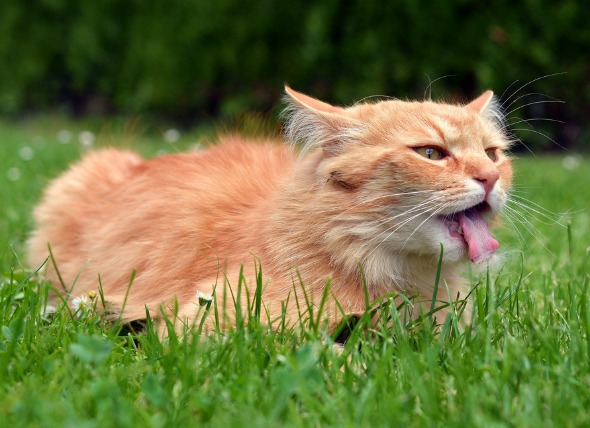 Laryngeal Disease in Cats
Disease of the Voice Box or Larynx in Cats
The vo
Laryngeal Disease in Cats
Disease of the Voice Box or Larynx in Cats
The vo
Copyright © 2005-2016 Pet Information All Rights Reserved
Contact us: www162date@outlook.com